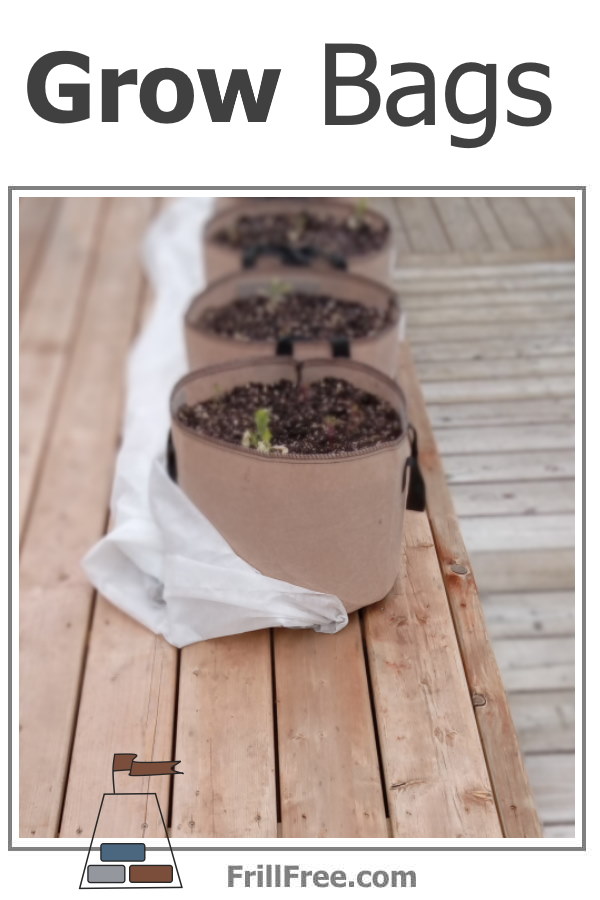- Homesteading
- Growing Ornamental Plants
- Grow Bags
Grow Bags
Moveable and Reusable
I am a participant in the Amazon Services LLC Associates Program, an affiliate advertising program designed to provide a means for me to earn fees by linking to Amazon.com and affiliated sites. Other links on this site may lead to other affiliates that I'm associated with.
This year is the first year trying these grow bags for my ornamental planters, and some vegetables, like tomatoes. I also have some ornamental plants in the beige ones, to see if it makes any difference to the growth at all.
These grow bags come in many different sizes, such as 1 gallon, all the way up to 20 gallon. Those big ones might not be so moveable, but the smaller ones definitely are portable with the sturdy handles on each side.
According the descriptions on the product, grow bags maintain the moisture levels in the soil at a perfect level, and also 'air prune' the roots, preventing them from spiraling around and choking each other. Instead, this enhanced root structure is formed of small roots, each with the all-important root cap which is where the nutrients are absorbed.
 Grow Bags with tomatoes, against a brick wall for warmth, supported by wire cages
Grow Bags with tomatoes, against a brick wall for warmth, supported by wire cagesThe fabric itself is non-woven, it's more like felt or spun bonded material. The 300 gram thickened fabric is also BPA free, and doesn't contain any harmful chemicals.
The pores in the fabric makes it drain well, and also, after the growing season is done, the bags can be emptied and folded flat for storage.
Each grow bag has two handles, sewn right into the rim.
Instead of the painful edges on plastic pots, these handles make it super easy to move the bag to where ever you want it, or to adjust to changing growing conditions.
If your plants don't seem to like it where they are, it's simple to move it into a shady place, or a more sunny one.
When filling the grow bags, the flat bottom makes it easy to fill by yourself, no need to have a second set of hands to hold it open. This feature alone makes it super valuable!
I like the tan or beige colored ones, but the black ones are just as good for growing tomatoes and other heat loving plants.
Although they are black in color, they don't hold the heat in the same way as a plastic pot.
They also insulate from heat and cold, protecting the all important roots from damaging temperature changes.
We'll see how the season progresses. Ideally, I would plant the same plants in various ways; grow bags, in plastic pots, in the ground, and compare the yield.
For now, the tomatoes that I'm trialing for growing after an aminopyralid herbicide catastrophe, are against the brick wall of the house, in a similar way to what the old Italian vegetable growers would have done. Utilizing the heat from the wall could give me an edge on production - they're already flowering.












